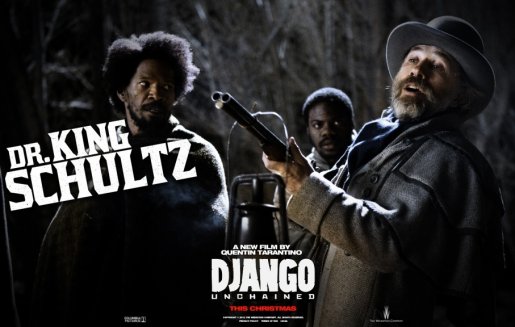The recent film from polemical director Quentin Tarantino, ‘Django Unchained', is a ‘Spaghetti Western', a genre that emerged during the 1960s. It is a story about a freed slave, who with the help of a German bounty hunter sets out to rescue his wife from a brutal Mississippi plantation owner. This critical review will focus on two characters that play a pivotal role alongside the hero Django (played by Jamie Foxx).
Django´s Wife
The ‘captive' Broomhilda, is the principal motor of the story; Django desires revenge on those who tortured her and the will to rescue her is what compels him into the adventure. The story is typical of Westerns films; what is known as the ‘captivity narrative'.
Usually the white woman, representing the values of Christianity and civilisation, is held captive by savages who, through torture and rape, put in peril the values she represents. She is finally rescued after courageous resistance to physical and psychological exploitation. However, in the complicated ideological bloodbath of Django´s story, Broomhilda´s rescue does not represent the triumph of civilisation over savagery, or the opposite.









